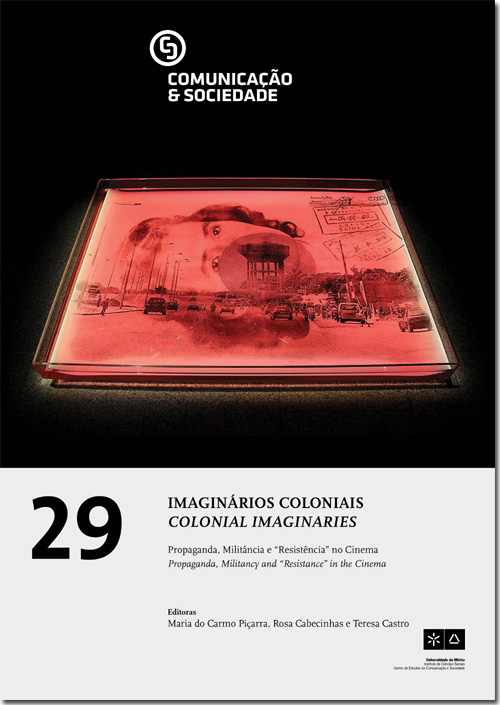How many nations are we able to imagine?
DOI:
https://doi.org/10.17231/comsoc.29(2016).2411Palavras-chave:
Cinema, propaganda, Guinea-Bissau, liberation struggle, Nation-StateIntroductionResumo
Who sings the Nation-State in Guinea-Bissau? I will try to answer this and other questions by putting two films into dialogue. The first one is En Nations Födelse (The Birth of a Nation), a film shot by Lennart Malmer and Ingela Romare in Guinea-Bissau in 1973. The second one is a reel sequence, a film fragment that documents the 10th World Festival of Youth and Students which took place in East Berlin in 1973 and where several nations that still did not exist on a political level sought to assert themselves on a symbolical level. The sequence was filmed by Guinean director Sana N’Hada. If the first one was made by two foreigners who were engaged in the liberation struggle in Guinea-Bissau, the second one was shot by a Guinean director who was in East Germany in order to represent his country, then on its way to becoming an independent state. Both films seek to activate mechanisms for the construction of Guinea-Bissau as a nation-state, sharing ideological repercussions. I do not take them as images of the past, but rather as a projected future in an idealized past. A future conjugated in the imperfect, a future imperfective.Downloads
Não há dados estatísticos.
Downloads
Publicado
27-06-2016
Como Citar
Laranjeiro, C. (2016). How many nations are we able to imagine?. Comunicação E Sociedade, 29, 93–106. https://doi.org/10.17231/comsoc.29(2016).2411
Edição
Secção
Artigos Temáticos
Licença
Os autores são titulares dos direitos de autor, concedendo à revista o direito de primeira publicação. O trabalho é licenciado com uma Licença Creative Commons - Atribuição 4.0 Internacional.












